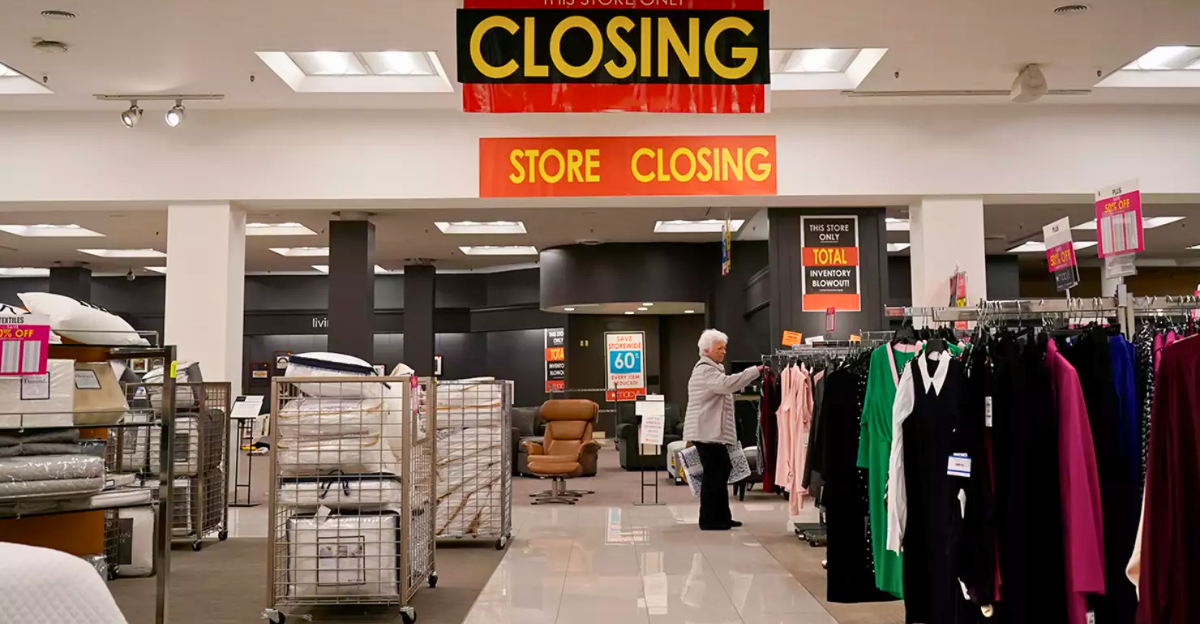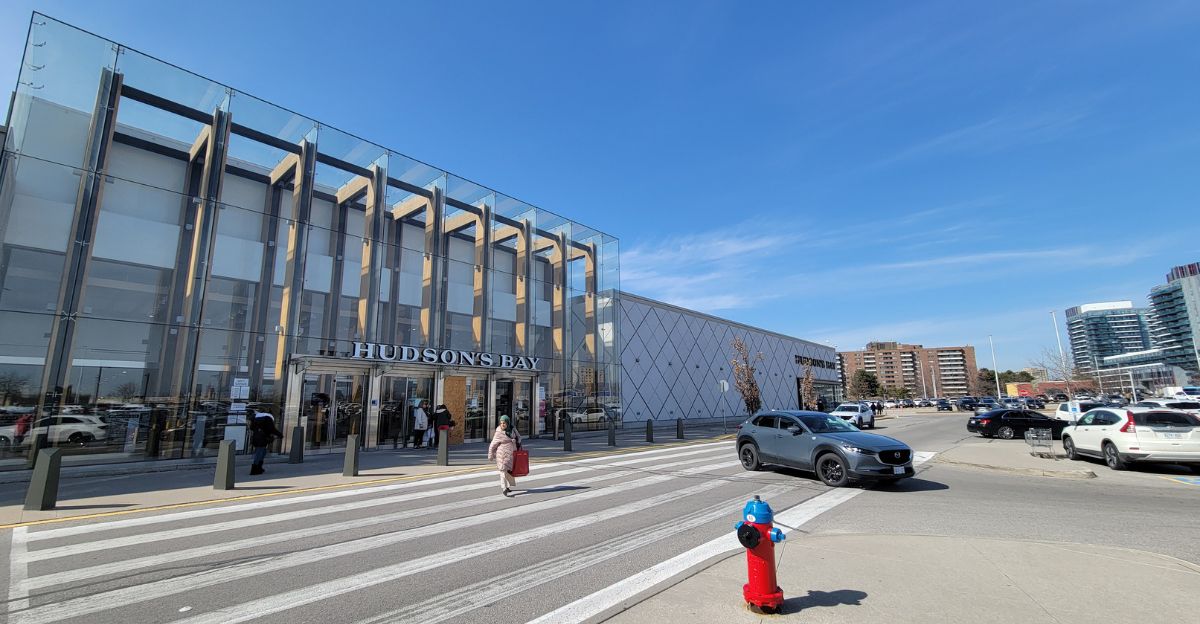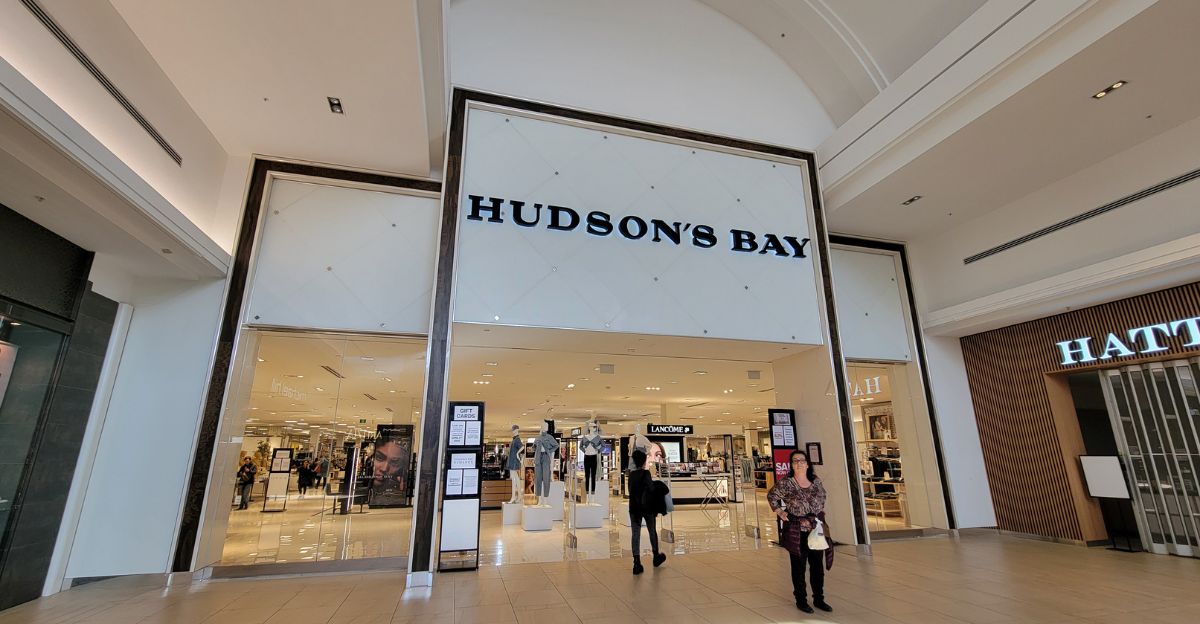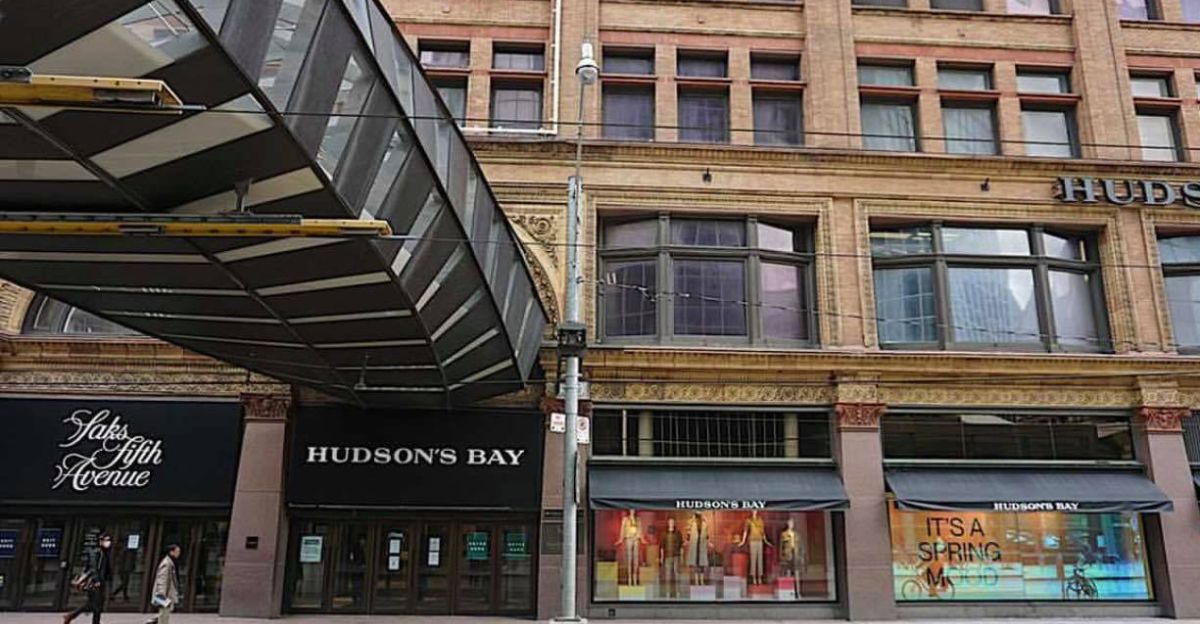
Canada is getting ready for one of the most sudden and significant retail collapses in the country’s history, yet few people are even aware that it’s happening. A once-powerful company with roots stretching back centuries is set to lay off nearly 90% of its workforce by Sunday.
Thousands of employees are being let go in a move that feels shocking and, somehow, long overdue. As stores close and leases are voided, many communities are about to lose a presence that once seemed permanent. A name familiar to generations of Canadians is disappearing, but its downfall is unfolding with surprisingly little public attention.
The Fallout

From the massive malls of British Columbia to the small-town shopping centers of Nova Scotia, the fallout is hitting fast. Store closures are taking place across the country, with 96 retail locations and four major distribution centers shutting down.
More than 9,200 employees will lose their jobs by mid-June, leaving only a small team to oversee the wind-down. For decades, many of these stores served as anchors in their shopping districts, drawing shoppers in and creating job opportunities for hundreds of communities. The scale of this collapse surpasses even the downfall of Sears Canada, making it one of the most extensive corporate exits in recent Canadian history.
Its Establishment

Over the years, this brand has been more than just a store, it has been an institution. The company’s signature red-and-white stripes graced everything from iconic wool blankets to department stores and trading posts, long before many of the country’s cities even existed. Established in 1670, the company predates Canada’s founding and helped shape the foundation of the country’s early economy.
It has survived wars, recessions, and revolutions, quickly becoming a part of Canadian identity. Over the generations, many families have passed down products from this store as heirlooms. Now, as word of its collapse spreads, many collectors are rushing to purchase the last remaining branded items, all of which symbolize an era ending in real time.
A Slow Unraveling

The end of this popular department store did not come all at once; it was a slow, steady unraveling. Over the years, changes in shopping habits have gradually eroded the company’s foundation as more Canadians have gravitated toward e-commerce and discount retailers. Traditional department stores were once considered convenient one-stop destinations, but over the years, they’ve started to feel outdated, becoming too big, too slow, and too expensive for modern shoppers.
The pandemic also played a massive part in this shift as it slowed foot traffic and exposed the company’s digital weaknesses. The company attempted to modernize itself, splitting online and physical operations, but these changes came too late to make a difference. Meanwhile, the company’s debt soared past $1.1 billion while modern competitors thrived. It was once a commercial empire but has turned into a cautionary tale in the age of Amazon, Shopify, and flash-sale apps.
Hudson’s Bay Company

Hudson’s Bay Company thrived for 355 years, but now, it is closing its final Canadian retail operations, bringing an end to the oldest corporation in North America. It was once a fur trading empire that controlled extensive territories and rivaled entire nations in reach and power, it later transformed into a department store giant. But in the end, it couldn’t withstand the crushing combination of debt, fading relevance, and shifting consumer habits.
By Sunday, all of the remaining HDC stores will shut their doors for good. Canadian Tire has purchased the brand name and intellectual property, but the physical retail legacy of Hudson’s Bay will be gone.
Significant Struggles

Across Canadian cities, malls are grappling with the sudden loss of their anchor tenant. Spots like Toronto’s Eaton Centre, Calgary’s Chinook Centre, and Vancouver’s Pacific Centre are now left with large empty spaces where Hudson’s Bay once stood. These stores were cornerstones of mall ecosystems and were responsible for traffic that fed many other smaller shops.
Ruby Liu Commercial Investment Corp has acquired leases at 28 of the former locations, signaling a possible relaunch, albeit without the historic brand. But for the vast majority of malls, there’s no replacement in sight. Many malls are now left with a significant issue: how do they fill hundreds of thousands of square feet designed for retail stores that are quickly losing relevance?
The Employees

For many employees, the closures of these stores are not just business headlines; they are personal crises. Many have dedicated decades of their lives to the company but are now walking away with little more than vacation pay. Severance is minimal, capped at less than $9,000 due to federal limits. Union leaders have condemned the layoffs as “cruel,” especially as former executives depart with generous exit packages.
Legal experts warn that most workers are classified as “unsecured creditors,” meaning they’ll fall behind banks and other lenders in bankruptcy proceedings. Across the country, from Quebec to Alberta, employees are holding rallies, sharing stories of loyalty met with silence.
Competitors Are Thriving

While HBC falls apart, its competitors are thriving. Big chains like Winners, Marshalls, and HomeSense, under the TJX Companies umbrella, have expanded significantly. Their formula is straightforward: offer brand-name products at deep discounts, rotating frequently to keep shoppers coming back. And it’s working. Consumers love it.
Recently, TJX has reported steady sales growth, outperforming traditional mall-based retailers. Their stores are usually located in easily accessible strip malls with plenty of parking, avoiding the hassle of downtown shopping centers. At the same time, online retailers continue to chip away at brick-and-mortar market share.
Shifting Shopping Habits

Canadians aren’t spending less money than they used to; they’re just spending differently. In 2024, total retail sales surpassed $800 billion, but department stores struggled to maintain their share. In December, online sales grew by an impressive 3.1%, showing a long-term shift in shopping habits. Younger consumers prioritize fast delivery, transparent pricing, and the ease of finding products online. Even older generations are adapting, preferring convenience and flexibility over tradition.
The traditional multi-level department store, with its sprawling layout and steep markups, no longer feels necessary. It now feels inefficient and outdated. The retail middle ground is disappearing, replaced by niche brands or big discounters, leaving legacy stores caught in the squeeze.
Uncertain Territory

With Hudson’s Bay leaving so soon, Canada’s malls, cities, and shopping habits are headed toward uncertain territory. The company’s closure signals more than empty shelves; it leaves a cultural void that communities and malls will urgently try to fill. While Canadian Tire now owns the brand, its future is still unclear. Will it live on as a digital-only shop? A private-label product line?
The bigger question remains: what happens when an icon can no longer keep pace? Retail history is full of once-popular giants who failed to evolve. As Hudson’s Bay’s chapter closes, a new one begins one that will test whether today’s retail leaders can adapt quickly enough to survive or if they will also become forgotten legends.
Discover more trending stories and Follow us to keep inspiration flowing to your feed!

Craving more home and lifestyle inspiration? Hit Follow to keep the creativity flowing, and let us know your thoughts in the comments below!
